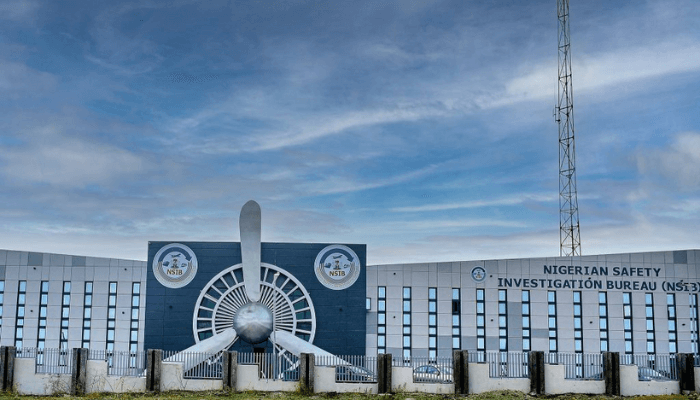The Nigerian Safety Investigation Bureau (NSIB) has identified poor maintenance practices, faulty infrastructure, and lapses in safety management as the causes of the Abuja–Kaduna train derailment that occurred at Asham Station, Kagarko Local Government Area of Kaduna State, on August 26, 2025.
The bureau, in its preliminary report released on Wednesday, revealed that the accident, which involved train number AK1 operated by the Nigerian Railway Corporation (NRC), was triggered by defective track infrastructure and neglected repairs following an earlier incident on the same route.
Bimbo Oladeji, Director of Public Affairs and Family Assistance, NSIB, said the report represents early findings that remain subject to further analysis, with a final report expected to provide more detailed conclusions and safety measures.
According to the investigation, some of the sleepers damaged during a previous derailment about 13 months earlier were only patched instead of being fully replaced. Similarly, the automatic crossing point switch mechanism at Asham Station was found unserviceable.
Read also: NRC personnel had only initial, no formal fresher training – NSIB
At the time of the incident, the switch was being manually operated and secured with a point clip, which investigators discovered was broken.
The report further noted that while the train crew were qualified, NRC personnel had only received initial training and no formal refresher courses. It added that critical equipment needed for safe operations, including CCTV cameras, communication devices, and station clocks, was defective, while Original Equipment Manufacturer (OEM) spare parts were largely inaccessible.
The NSIB issued a number of safety recommendations to prevent a recurrence. These include the immediate replacement of all compromised sleepers, installation of OEM-standard point switches along the Abuja–Kaduna corridor, restoration of defective monitoring and communication equipment, and the introduction of regular refresher training for NRC staff.
The bureau also urged the NRC to address all track sections where cautionary advisories are issued to train drivers, to strengthen operational safety.
While no lives were lost in the accident, 21 passengers sustained injuries out of the 618 people on board the ill-fated service.









